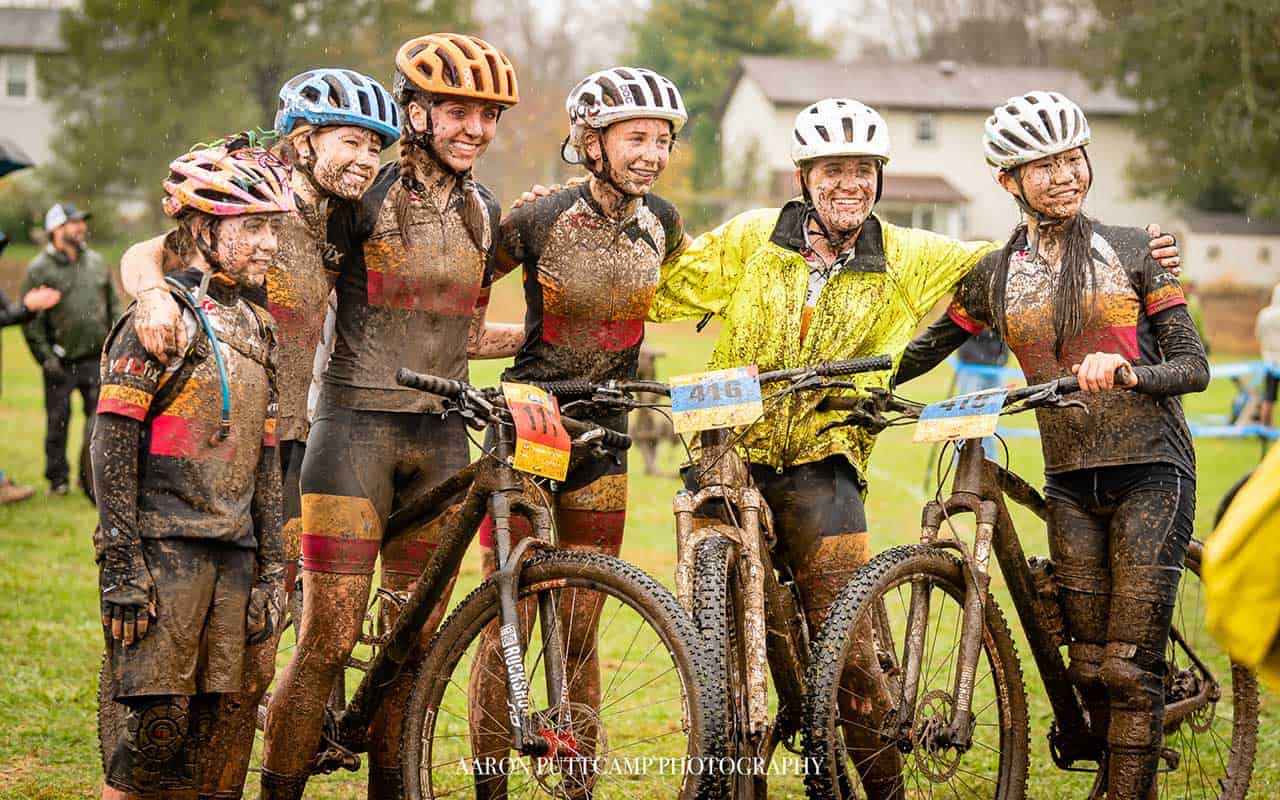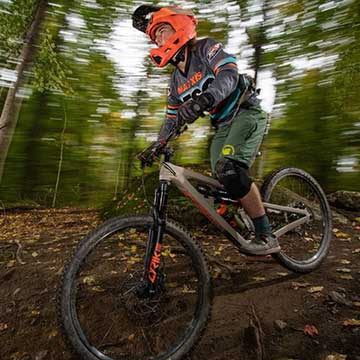This Month’s Featured Article

Getting into the Flow
 When interscholastic sports first appeared, it was in the form of school organizations that reached out to neighboring schools in the manner of colleges and universities. Track and field, baseball, and football clubs eventually became teams, which in turn spawned leagues, divisions, state championships, and cottage industries of coaches and instructors who promise to turn your fifteen year-old into the next Babe Ruth.
When interscholastic sports first appeared, it was in the form of school organizations that reached out to neighboring schools in the manner of colleges and universities. Track and field, baseball, and football clubs eventually became teams, which in turn spawned leagues, divisions, state championships, and cottage industries of coaches and instructors who promise to turn your fifteen year-old into the next Babe Ruth.
The past decade has wrought some curious changes on interscholastic playing fields and the competitive landscape, building on decades of growth in sports like lacrosse, hockey, and what might have been termed “alternative” sports a generation ago. Sports like rock climbing, ultimate frisbee, rowing, and sailing have strong regional presences, and other activities have begun to edge their way into interscholastic competition. Robotics, Debate, and E-sports, anyone?
While some traditionalists will question the athletic merits of some of those activities, anyone who has seen them in action will attest to the level of collaboration, teamwork, and sacrifice it takes to win at any of these games. And if opportunities to cultivate those skills are the true raison d’être for competitive sports, then they deserve a place in our competitive culture as much as traditional team sports.
Fun flow activities, and the control thereof
All of these activities provide constructive outlets for teenagers, but more importantly, they’re just fun, partially because they induce “flow.” Psychologist Mihaly Csikszentmihalyi defined the term as the feeling that accompanies activities that “have rules that require the learning of skills, they set up goals, they provide feedback, they make control possible.”
In other words, when we can immerse ourselves and get lost in activity, we have found flow, and there is something about control that is especially appealing to young people who may have little of it in their day-to-day lives or world events. Whether controlling a chess piece, a robot, or a basketball, young people can have a say in the outcomes of flow activities.
Becoming one with the bike
Arguably, no other sport has more flow than mountain biking. While road cycling requires hours of relatively mindless, repetitive motion, mountain biking requires continuous attention on the part of the rider. The mountain biker is constantly reading terrain and texture, and adjusting line and position accordingly. It is a constant stream of decision-making and feedback to the rider that requires complete attention and ultimately, transcendence.
Csikszentmihalyi writes, “only when the skills are so well practiced as to have become automatic can one abandon oneself to spontaneous action and experience flow.”
More than that, however, the physical interaction of bike, rider, and environment may activate the endocannabinoid system in ways that promote overall neurological and immunological wellbeing. The riders become one with the bike and the trail, to the extent that trail builders now intentionally build what are called “flow” trails.
Meet Garrett Hanaburgh
Adult enthusiasts across the country have long known of the benefits of flow, and they are working to expose younger and younger riders to them. Such is the case with Garrett Hanaburgh, a junior at Pine Plains High School who caught the bug from his father, Steve, who rides, well, near him.
Since he began competing in enduro races in 2019, Garrett has gotten faster and faster, now riding far enough ahead of both his father and mother that he needs to sometimes ride back over the trail to keep the family together. Mom, Sarah gets muddy right along with Garrett and is usually the one who is chasing Garrett through the woods on just about every one of his rides.
In the past, that would have been the end of the experience, but organizations across the country are sponsoring events of all sorts to involve young people in building skills, making friends, and generally just having a blast on their bikes. The National Interscholastic Cycling Association (NICA) formed when numerous state-level leagues in the west coalesced into a regional and then national organization. There are now leagues in 31 states, including, locally, New York, where Garrett competes. Although NICA had formerly operated independent of USA Cycling (the organization that cultivates our Olympic teams and grooms household names like Lance Armstrong and George Hincapie), as of 2021, USAC began to recognize NICA points in qualifying for national championship events.
Physical endurance and the competitive spirit
Garrett races cross country and enduro events, the latter involving more technical descending skills, while the former taxes the legs and aerobic system. As a runner for Pine Plains Indoor and Outdoor Track teams, Garrett has the lungs to thrive on the climbing portions of races, but he has also acquired an impressive set of technical bike handling skills in just a few years.
I joined Garrett to try my hand at a fat bike race on a loose, snowy course near Queensbury, NY, and spent more time going sideways on a bike than I ever have in over thirty years of competitive cycling. Garrett took it all in stride, though, and slipped and slided to a second place finish in his age bracket.
The “bike smile”
Talking with Garrett, though, one would never detect such a competitive drive. Although he is talking to coaches at schools like the University of Vermont and Brevard College that have established cycling programs, he mostly wants to ride the world-class trails that surround both of those schools. Mom calls it his “bike smile” that appears, unbidden, when he is doing the thing he loves: flying up and down hills on his bike, and she produced proof of it on her phone when I met up with them one recent morning.
But organized leagues and series provide the infrastructure for Garrett to ride new trails from Vermont to Pennsylvania, so whether it’s the NICA series, the Mid-Atlantic Super Series, or the Maxxis Eastern States Cup, Garrett and his family can check out a considerable swath of the east coast on their bikes. Garrett is already planning a two-week stint at the renown Kingdom Trails network in the Northeast Kingdom of Vermont, thanks to an opportunity provided by his team. Two weeks of bikepacking, riding incredible trails, and making new friends is a dream come true for Garrett, and the start of what could be a lifelong relationship with two-wheeled recreation.



